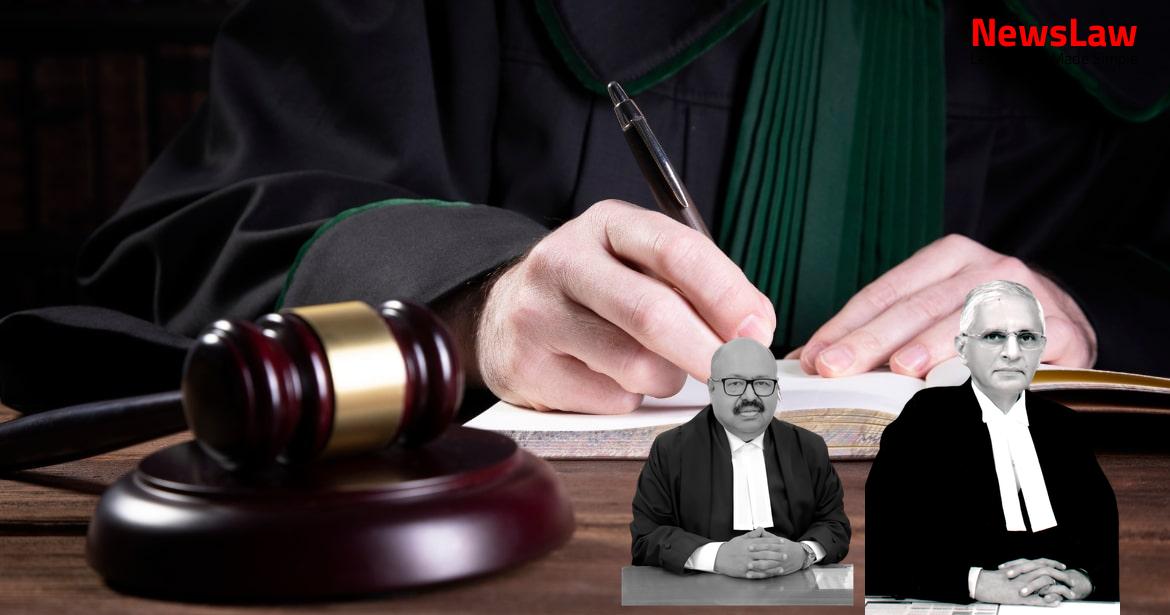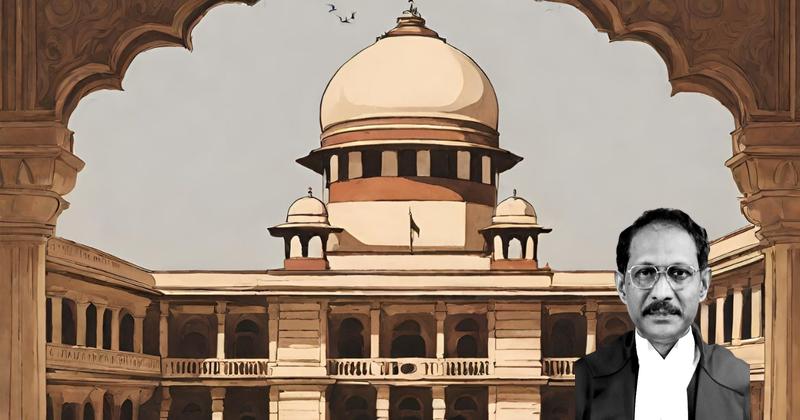Delve into the detailed legal analysis conducted by the courts regarding the application of the Limitation Act in a recent case, focusing on the interpretation of Article 22 versus Article 113. The court’s decision sheds light on the complexities involved in determining the appropriate legal provision applicable to the facts of the case. Stay tuned to unravel the reasoning behind the courts’ conclusions on this critical aspect of the law.
Facts
- The appeal challenges the judgment dated 7 July 2008 by the Division Bench of the High Court of Bombay.
- The appeal arises from the dismissal of Writ Petition Nos. 207 and 1490 of 2005 filed by the present appellants.
- The Writ Petitions arose from concurrent orders passed by the Mumbai Debts Recovery Tribunal-1 and the Debts Recovery Appellate Tribunal at Mumbai.
- The respondent-Bank had filed O.A. No. 948 of 2000 against the present appellants, leading to a counter-claim by the appellants regarding withheld funds.
- The learned DRT dismissed both the bank’s claim and the appellants’ counter-claim.
- Both the respondent-Bank and the appellants appealed to the DRAT, which also dismissed the appeals.
- Two writ petitions were filed subsequently, one by the respondent-Bank and the other by the appellants.
- The writ petition of the respondent-Bank was withdrawn as they did not press the same.
- The writ petition of the appellants was dismissed.
- The appellants were aggrieved by this dismissal.
- As a result, they filed the present appeal.
Also Read: Presumption of Genuine Endorsements in Cheque Case
Arguments
- Mr. S. N. Bhat relies on the judgment in Jammu and Kashmir Bank Ltd. v. Attar-Ul- Nissa & Others.
- Mr. Bhat argues that the claim of the present appellants should be covered under Article 22 of the Limitation Act, not Article 113.
- He asserts that the amount deposited by the appellants, though not a security or fixed deposit, belonged to them and was illegally withheld by the respondent-Bank.
- Mr. Bhat contends that the cause of action for filing a counter-claim began from the date when a notice was sent by the appellants to the respondent-Bank in September 1999.
- He argues that since the counter-claim was filed within three years from the date of notice in 2000, it was within the limitation period.
- Mr. Bhat disagrees with the High Court, DRT, and DRAT on the application of Article 113 over Article 22 of the Limitation Act in the present case.
- He raises a legal question on whether Article 22 or Article 113 should be applicable in the facts of the present case.
- Mr. Rajesh Kumar Gautam, representing the respondent-Bank, asserted no error in the orders of the DRT, DRAT, and High Court.
- He argued that the counter-claim in the present case falls under Article 113 of the Limitation Act as per the decisions of all three authorities.
Also Read: Medical Negligence and Compensation: A Landmark Decision
Analysis
- The Defendants contemplated approaching the Court against the Applicant Bank but decided against it to avoid adverse publicity.
- The issue of limitation is a mixed question of law and fact.
- The Defendants paid the demanded amount without contesting, indicating a conscious decision.
- The Defendants later wanted to recover the amount, alleging undue influence by the Applicant Bank.
- The conscious decision of the Defendants to pay off the amount without challenge was noted by the DRT as a factual finding.
- The Defendants chose not to drag the Applicant Bank to court to maintain their chances of receiving loans from other banks.
- The counter-claim of the appellants was based on the amount deposited in 1994, claimed to be paid under undue influence.
- The DRT, DRAT, and High Court all agreed on this fact.
- The counter-claim fell under Article 113 of the Limitation Act, not Article 22.
Also Read: Remand of Writ Petition for Restoration and Decision on Merits
Decision
- The appeal was dismissed.
- No merit was found in the appeal.
Case Title: TOPLINE SHOES LTD. AND ANR. Vs. PUNJAB NATIONAL BANK (2022 INSC 732)
Case Number: C.A. No.-002125-002125 / 2009



